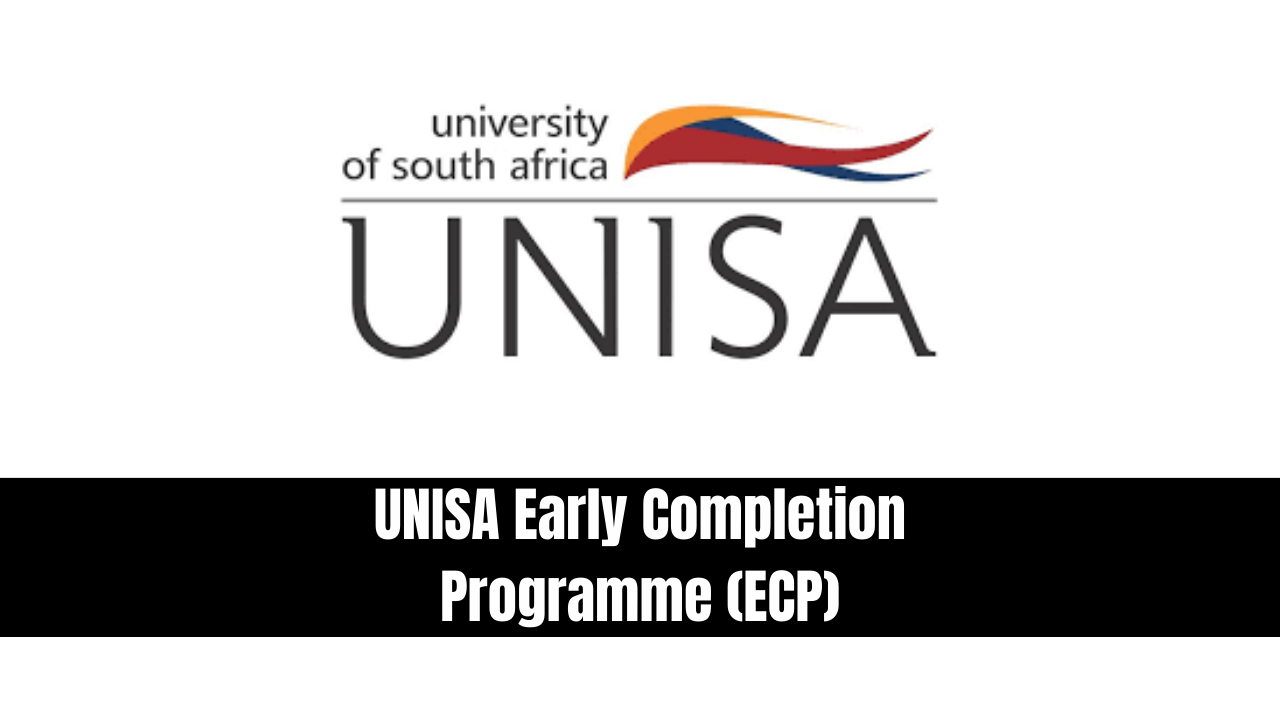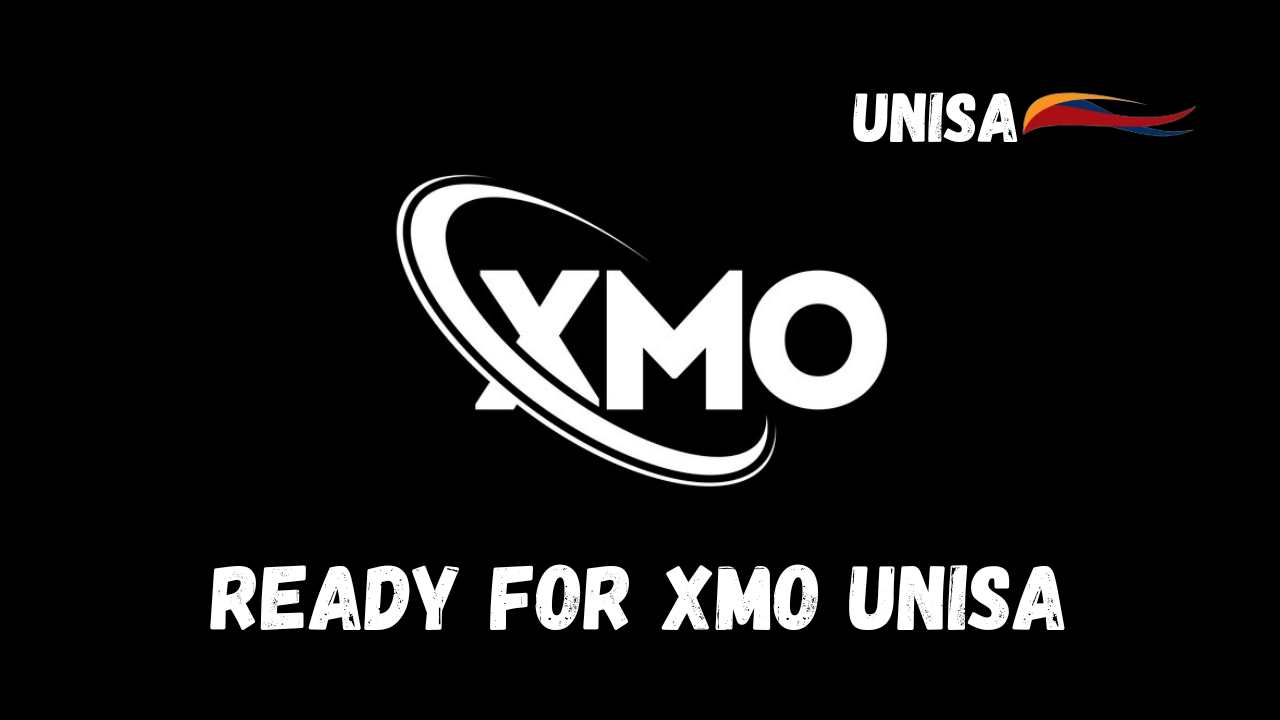How do You Write a Declaration of Originality? A Declaration of Originality is an essential statement included in academic work, such as theses, dissertations, or research papers. This declaration serves to affirm that the content presented is the author’s original work and that any use of external sources has been properly acknowledged. Below is a guide on how to effectively write a Declaration of Originality, followed by a sample declaration.
How do You Write a Declaration of Originality?
1. Understand the Purpose
- The primary purpose of a Declaration of Originality is to affirm that your work is original and that you have not plagiarized or infringed on the rights of others.
- This declaration also serves as a formal statement that any external ideas, quotations, techniques, or materials used in your work have been appropriately credited.
2. Use Formal Language
- The declaration should be written in a formal tone, using clear and precise language.
- Ensure that the language reflects the seriousness of the statement, as it is a legal and ethical affirmation of your work.
3. State Your Certification
- Begin the declaration by certifying that your work is original. This statement should indicate that, to the best of your knowledge, your work does not violate any copyrights or proprietary rights.
Example: “I certify that, to the best of my knowledge, my thesis does not infringe upon anyone’s copyright nor violate any proprietary rights.”
4. Acknowledge External Sources
- Clearly state that any ideas, techniques, quotations, or materials from other works have been fully acknowledged.
- This part of the declaration should emphasize your commitment to academic integrity by properly citing all external sources.
Example: “I further certify that any ideas, techniques, quotations, or any other material from the work of others, published or otherwise, included in my thesis, have been fully acknowledged in accordance with the established academic standards.”
5. Reference Specific Guidelines
- If your institution or publisher requires adherence to specific citation guidelines, mention this in the declaration. It adds an extra layer of credibility and transparency to your statement.
Example: “All sources are acknowledged in accordance with the guidelines provided by [Institution Name] or as per the [Citation Style, e.g., APA, MLA] citation standards.”
6. Include Your Signature and Date
- Conclude the declaration by signing and dating it. Your signature indicates that you stand by the declaration and are accountable for the contents of your work.
Example:
“Signed: [Your Name]
Date: [Date]”
Sample Declaration of Originality
Here is a sample Declaration of Originality that you can include in your academic work:
Declaration of Originality
I, [Your Name], certify that, to the best of my knowledge, my thesis does not infringe upon anyone’s copyright nor violate any proprietary rights. I further certify that any ideas, techniques, quotations, or any other material from the work of others, published or otherwise, included in my thesis, have been fully acknowledged in accordance with the guidelines provided by [Institution Name] or as per the [Citation Style] citation standards.
Signed: [Your Name] Date: [Date]
Conclusion
A well-written Declaration of Originality is crucial in upholding academic integrity and avoiding plagiarism. By following the steps outlined above, you can create a clear, concise, and legally sound declaration that reflects the originality of your work and your respect for the intellectual property of others.






